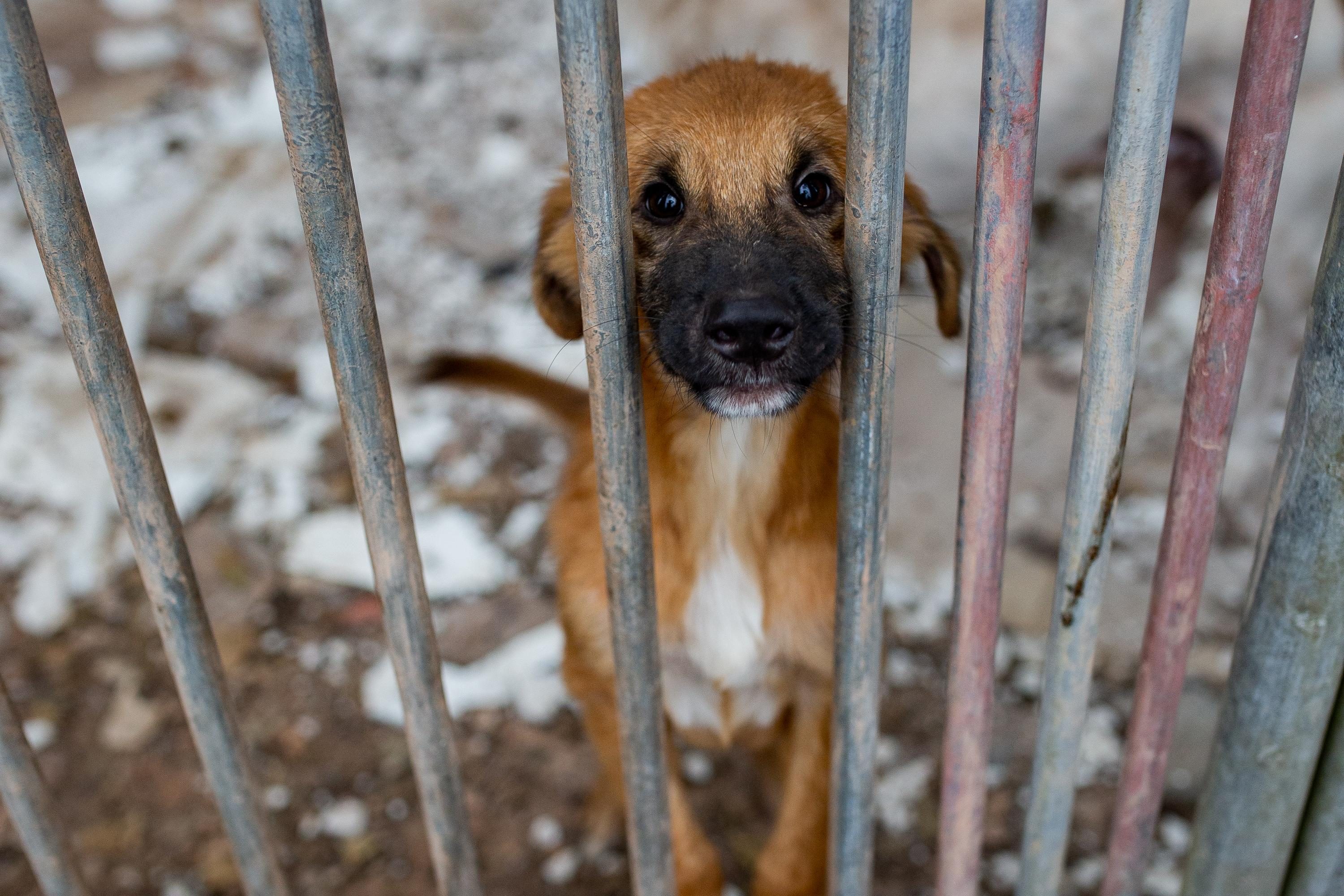
population management
Learn more about the management of homeless animals in the EU
Population management refers to the management of homeless animals for reasons of veterinary public health and welfare and involves various measures from TRN programmes (Trap-Neuter-Release) to the killing of stray animals to reduce population size.
State of play
There are hundreds of millions of homeless animals across the EU. Their care and management are not an EU competence. Member States are responsible for population management at national and regional level, leading to a large variety in approaches to manage stray populations across the EU and sometimes even within one Member State. For the purpose of disease eradication in stray dog populations, EU funds foreseen under Regulation (EU) 2016/429 will contribute to securing better public health and animal welfare.
The EU institutions and several Member States contribute to the work and support the standards of the World Organization for Animal Health (WOHA, former OIE) that are meant to serve as a reference for its members, with the purpose of improving the health and welfare of animals. The WOHA has repeatedly acknowledged the ineffectiveness of killing healthy animals for population reduction reasons, yet this approach has been used over and again in the EU and beyond. Culling is only a short-term measure and not only is it proven to be ineffective in keeping a population stable, killing healthy animals actually further contributes to the rise of a population. Most strays do not depend on other specimen to survive, and culling interventions mean that surviving individuals secure better access to food and have higher chances for reproduction.

